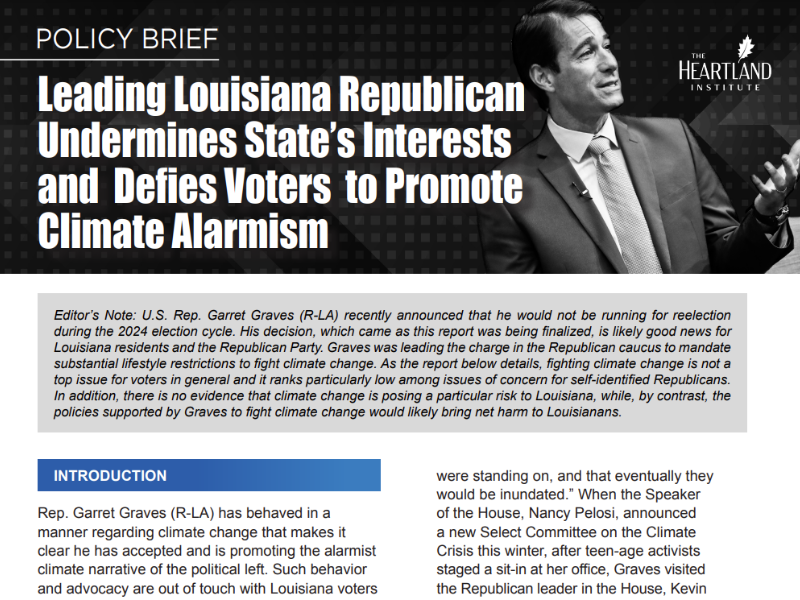The California Department of Toxic Substances Control has tightened restrictions on chemicals alleged to impact human health.
More Chemicals, Tighter Restrictions
The new restrictions will apply to a much larger list of chemicals than before, expand who must comply with the new restrictions, and apply to products with lower amounts of such chemicals than was previously the case.The state’s Department of Toxic Substances Control (DTSC) has added 2,200 new chemicals to its “chemicals of concern” list, raising the total to 3,000.
The initiative will eventually require businesses that sell or manufacture products with listed chemicals to replace them or explain to state regulators why they are needed and warn consumers or undertake steps to mitigate the public’s exposure to those substances, said Debbie Raphael, director of the DTSC, in a press statement.
“The problem we are trying to fix is that just because something is legal does not mean it is safe,” she said.
Economic , Scientific Basis Questioned
“The big problem in California is our state legislature is swayed by environmental activists who are very much driven by the precautionary principle,” said Adrian Moore, vice president of policy at the Reason Foundation. “Basically anyone can go to the legislature and complain about a chemical and if they have a seemingly plausible story about a seemingly plausible concern, then the legislature will ban that chemical. The legislature doesn’t take cost/benefit analysis seriously.”
The precautionary principle states a given product or activity should be banned if the consequences could conceivably be dangerous even though there is no real-world evidence of actual or likely harm. Because of the scope of the “green chemistry” initiative, critics complain the precautionary principle has run amok in California.
“California is the precautionary principle writ large,” says H. Sterling Burnett, a senior fellow with the National Center for Policy Analysis.
“Proponents of the new restrictions make no mention of the fact that it is the dose that causes the harm. Every chemical, even water, can kill you if you consume too much. I suspect that the agency behind this list is only going after manmade chemicals. However, I believe that their list can’t be based on science, because they placed so many chemicals on it and there simply wasn’t enough time to scientifically review these chemicals during the year they took to revise the rule,” explained Burnett.
“In California, if environmentalists had their way, you would never get out of bed or leave your house because something in the environment might harm you. However, living entails risk and even the environmentalists should understand that people should be free to make the choices to assess the level of risk in their products they use in their own homes,” says Burnett.
Consumers Face Higher Prices
Burnett said consumers will see the effects of these restrictions in the form higher prices for goods and services and fewer purchasing options.
“I predict that California will have trouble paying its bills and will come to the federal government to bail them out,” said Burnett.
More Battles to Come?
Physician John Dunn, a policy advisor for the American Council on Science and Health, has worked with California regulatory agencies for the past three years. He says he fears the new restrictions in California may be imposed elsewhere as well.
“By expanding California’s list of chemicals of concern from 800 to 3,000, the California EPA is doing nothing more than what the U.S. EPA wants to do. And they’re doing this under the guise of pretending that chemicals in high doses for rats and mice makes them dangerous to humans even when used in a prescribed manner,” Dunn explained.
“California’s EPA basically wants to control the use of all chemicals used in an industrial setting,” said Dunn. “They’re going to destroy the economy of their state, and then U.S. EPA will say they have to expand these California studies to the United States at large.
“Increasing the burden on those who use chemicals will cause hardship and deprivation for the citizens of California,” Dunn added. “The precautionary principle is not a policy principle but an expression of irrational anxiety that defies scientific evidence.”
Kenneth Artz ([email protected]) writes from Texas.





